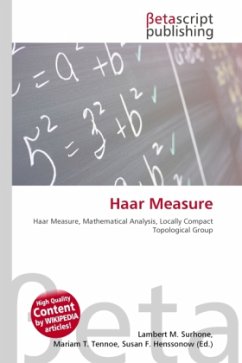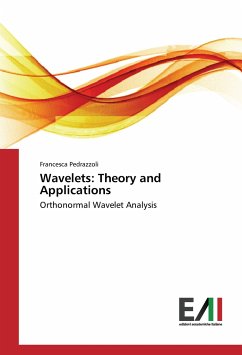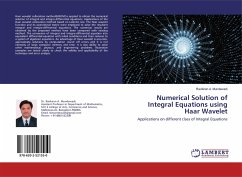In mathematical analysis, the Haar measure is a way to assign an "invariant volume" to subsets of locally compact topological groups and subsequently define an integral for functions on those groups. This measure was introduced by Alfréd Haar, a Hungarian mathematician, in about 1932. Haar measures are used in many parts of analysis and number theory, and also in estimation theory.The Haar measures are used in harmonic analysis on arbitrary locally compact groups; see Pontryagin duality. A frequently used technique for proving the existence of a Haar measure on a locally compact group G is showing the existence of a left invariant Radon measure on G. In estimation theory, Haar measures can be used as non-informative priors, being Jeffreys priors for various questions. For instance, translation invariance of the (improper) uniform distribution on the real numbers (the Haar measure with respect to addition) corresponds to no information about location, and thus it is the Jeffreys prior for the unknown mean of a Gaussian distribution, the mean being a measure of location.
Bitte wählen Sie Ihr Anliegen aus.
Rechnungen
Retourenschein anfordern
Bestellstatus
Storno








